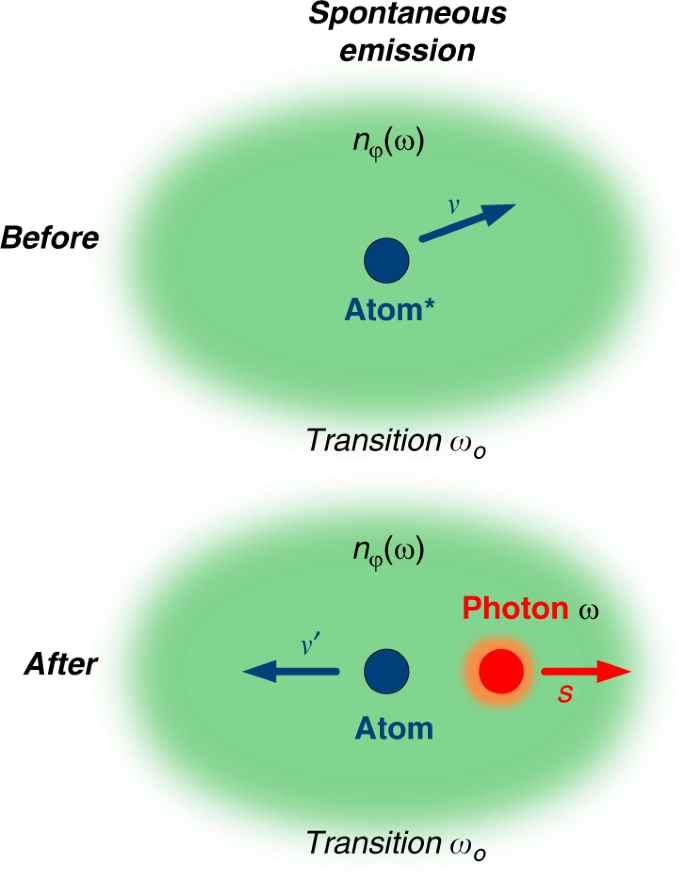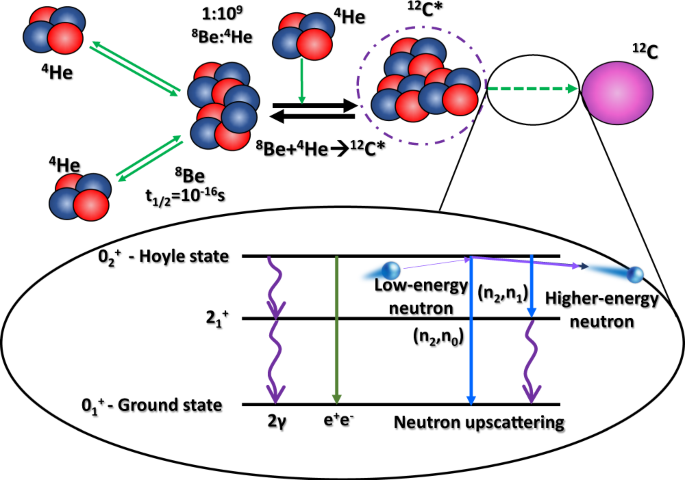アインシュタインの足跡をたどって、そしてその先へ In Einstein’s footsteps and beyond
2022-04-27 ハーバード大学
しかし、光にはもう一つ、同じように重要な性質である「運動量」がある。そして、運動量を取り除くと、光は実に興味深い振る舞いをするようになることが判明した。
ハーバード大学ジョン・A・ポールソン工学応用科学大学院(SEAS)の研究員ミハエル・ロベとSEASのバルカンスキー物理学・応用物理学教授エリック・マズア率いる物理学者の国際チームは、量子物理学の基礎を運動量の観点から再検討し、光の運動量をゼロにすると何が起こるかを探っています。
この研究は、『Nature Light Science & Applications』に掲載されています。
<関連情報>
- https://www.seas.harvard.edu/news/2022/04/einsteins-footsteps-and-beyond
- https://www.nature.com/articles/s41377-022-00790-z
ゼロに近い指数材料内部の運動量に関する考察 Momentum considerations inside near-zero index materials
Michaël Lobet,Iñigo Liberal,Larissa Vertchenko,Andrei V. Lavrinenko,Nader Engheta & Eric Mazur
Nature Light Science & Applications Published: 25 April 2022
DOI:https://doi.org/10.1038/s41377-022-00790-z

Abstract
Near-zero index (NZI) materials, i.e., materials having a phase refractive index close to zero, are known to enhance or inhibit light-matter interactions. Most theoretical derivations of fundamental radiative processes rely on energetic considerations and detailed balance equations, but not on momentum considerations. Because momentum exchange should also be incorporated into theoretical models, we investigate momentum inside the three categories of NZI materials, i.e., inside epsilon-and-mu-near-zero (EMNZ), epsilon-near-zero (ENZ) and mu-near-zero (MNZ) materials. In the context of Abraham–Minkowski debate in dispersive materials, we show that Minkowski-canonical momentum of light is zero inside all categories of NZI materials while Abraham-kinetic momentum of light is zero in ENZ and MNZ materials but nonzero inside EMNZ materials. We theoretically demonstrate that momentum recoil, transfer momentum from the field to the atom and Doppler shift are inhibited in NZI materials. Fundamental radiative processes inhibition is also explained due to those momentum considerations inside three-dimensional NZI materials. Absence of diffraction pattern in slits experiments is seen as a consequence of zero Minkowski momentum. Lastly, consequence on Heisenberg inequality, microscopy applications and on the canonical momentum as generator of translations are discussed. Those findings are appealing for a better understanding of fundamental light-matter interactions at the nanoscale as well as for lasing applications.



